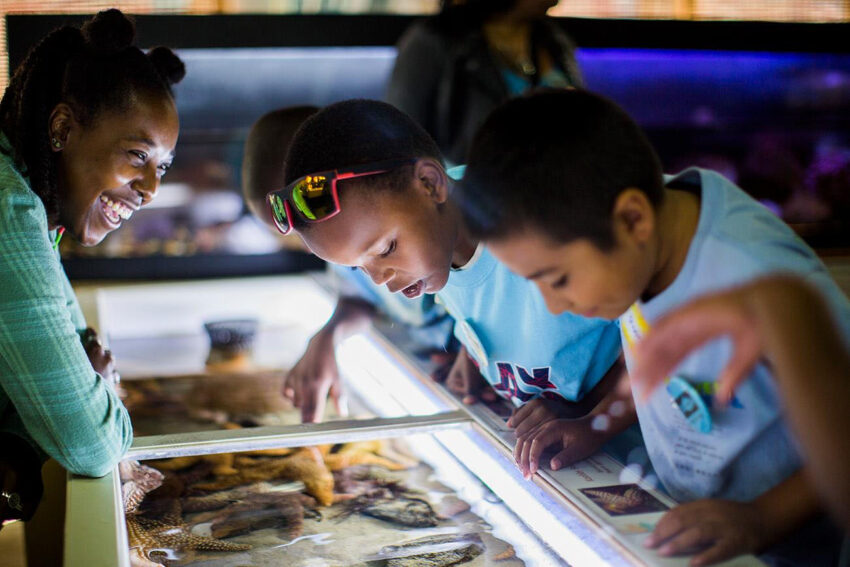In a history-making decision for ocean protection, the California Fish and Game Commission approved a collection of Marine Protected Areas for Southern California. The decision, made on December 15, 2010 in Santa Barbara, is the final step in a multi-year collaborative process to establish a network of safe havens for marine life throughout the region as a part of the implementation of the California Marine Life Protection Act.
More About the Dec. 15 MPAs Approval
More About MPAs
The network of south coast MPAs was created by a stakeholder group consisting of representatives from environmental and fishing communities, local government officials and educators. Heal the Bay was extremely active in the MPA process, representing the conservation community and also providing a science-based perspective. Our participation was spearheaded by Sarah Sikich, Heal the Bay’s Coastal Resources Director, who served as a member of the taskforce charged with drawing up the map of MPAs.
The final map of MPAs creates 36 new MPAs encompassing about 187 square miles of state waters (~8% of the South Coast), with about 5% designated as fully-protected no-take areas, leaving the vast majority open to fishing.
Locally, this network includes:
- A marine reserve east of Point Dume in Malibu
- A partial take marine conservation area off Zuma Beach
- A marine reserve and partial take marine conservation area at Abalone Cove and Point Vicente in Palos Verdes
- A partial take marine conservation area at Farnsworth Banks
- A marine reserve at Long Point and Wrigley for Catalina Island
By protecting the entire ecosystem in select Southern California waters, these MPAs will help restore and safeguard marine life and coastal heritage for future generations. Southern California’s new network of MPAs will take effect in 2011, following a period where local communities will be educated on MPAs.
Southern California’s MPAs join such ecologically diverse areas as California’s northern Channel Islands, the Florida Keys and New Zealand in establishing safe havens for marine life to thrive and reproduce.
MPAs Overview
Southern California’s marine ecosystems are stressed and continue to face many threats such as polluted runoff, marine debris, habitat destruction, and overfishing. Kelp beds throughout the Santa Monica Bay have declined substantially since the early 1900s. Several fish stocks have crashed statewide, causing many fisheries to be closed or severely limited. The majority of fishing throughout the State occurs in Southern California – together, Los Angeles, Orange, and San Diego Counties account for over half the recreational fishing activity in California.
Currently 13% of land on earth is protected. However, less than 0.5% of the oceans are protected. As a valuable tool for both ecosystem protection and fisheries management, Marine Protected Areas (MPAs) are likely to help replenish depleted fish populations. MPAs have shown to be effective in parts of California, the Florida Keys, New Zealand, and in close to 50 other countries around the world.
Marine Protected Areas, or MPAs, consist of three levels of protection:
- State Marine Reserves, in which no fishing is allowed
- State Marine Parks, in which commercial fishing is prohibited but recreational fishing is allowed
- State Marine Conservation Areas, in which commercial and recreational fishing are allowed in limited amounts. MPAs do not restrict access or any other kind of recreational use
Learn more about MPAs.



